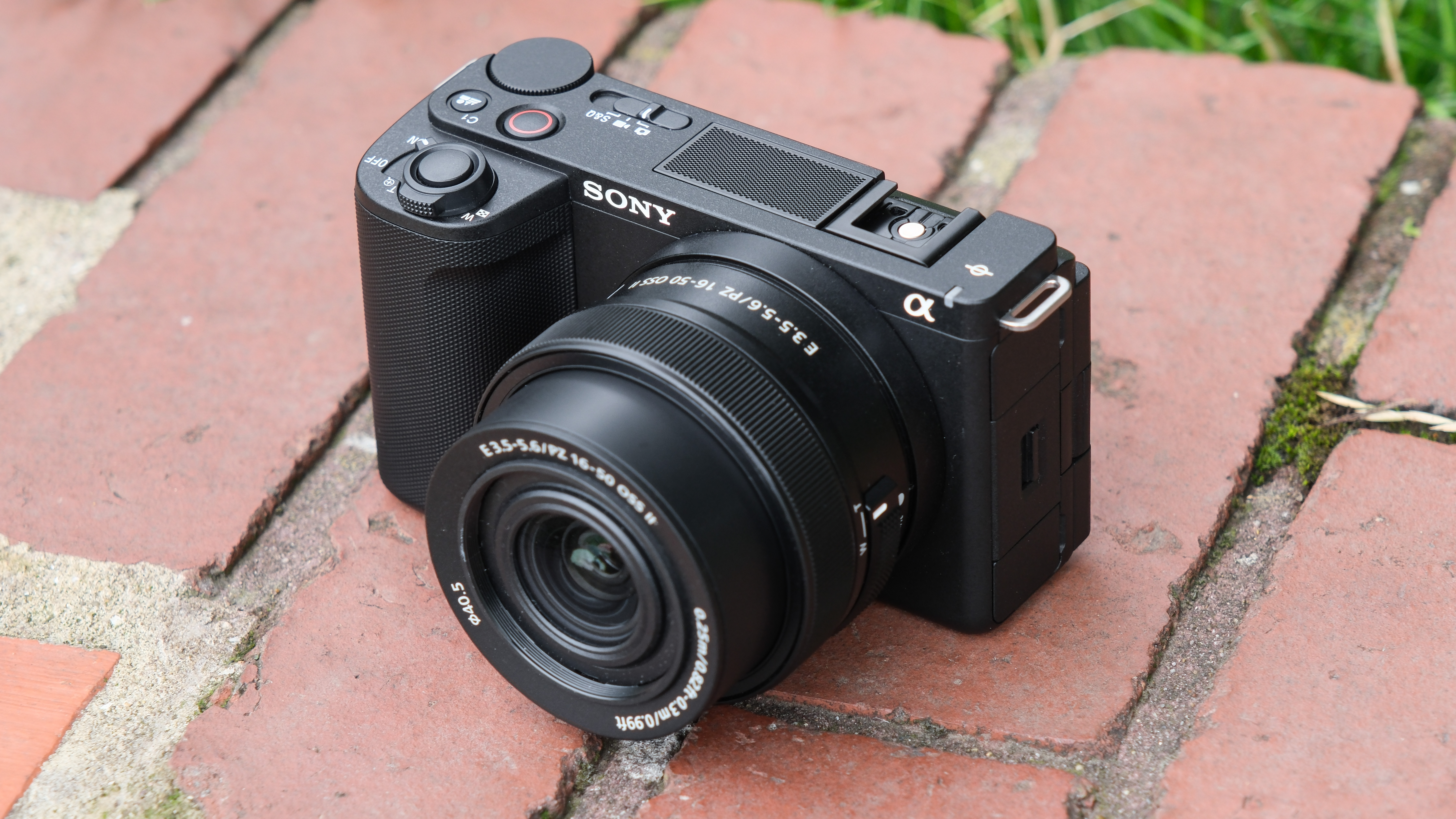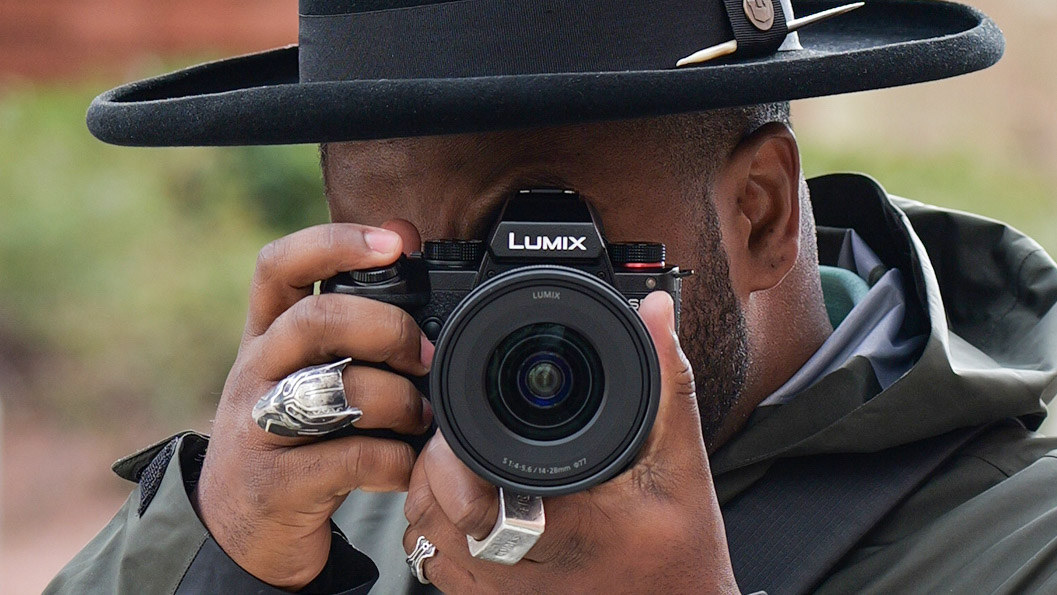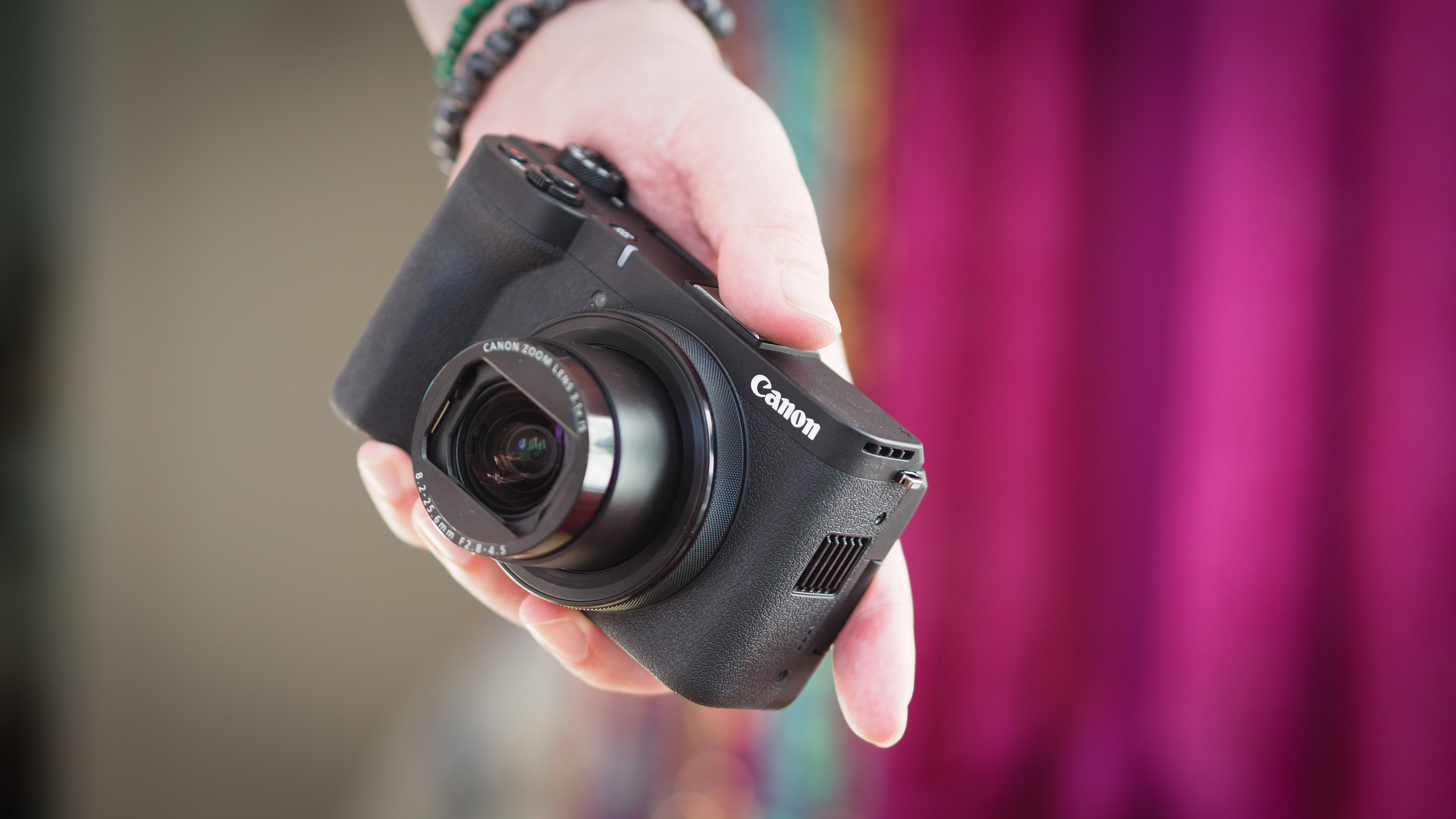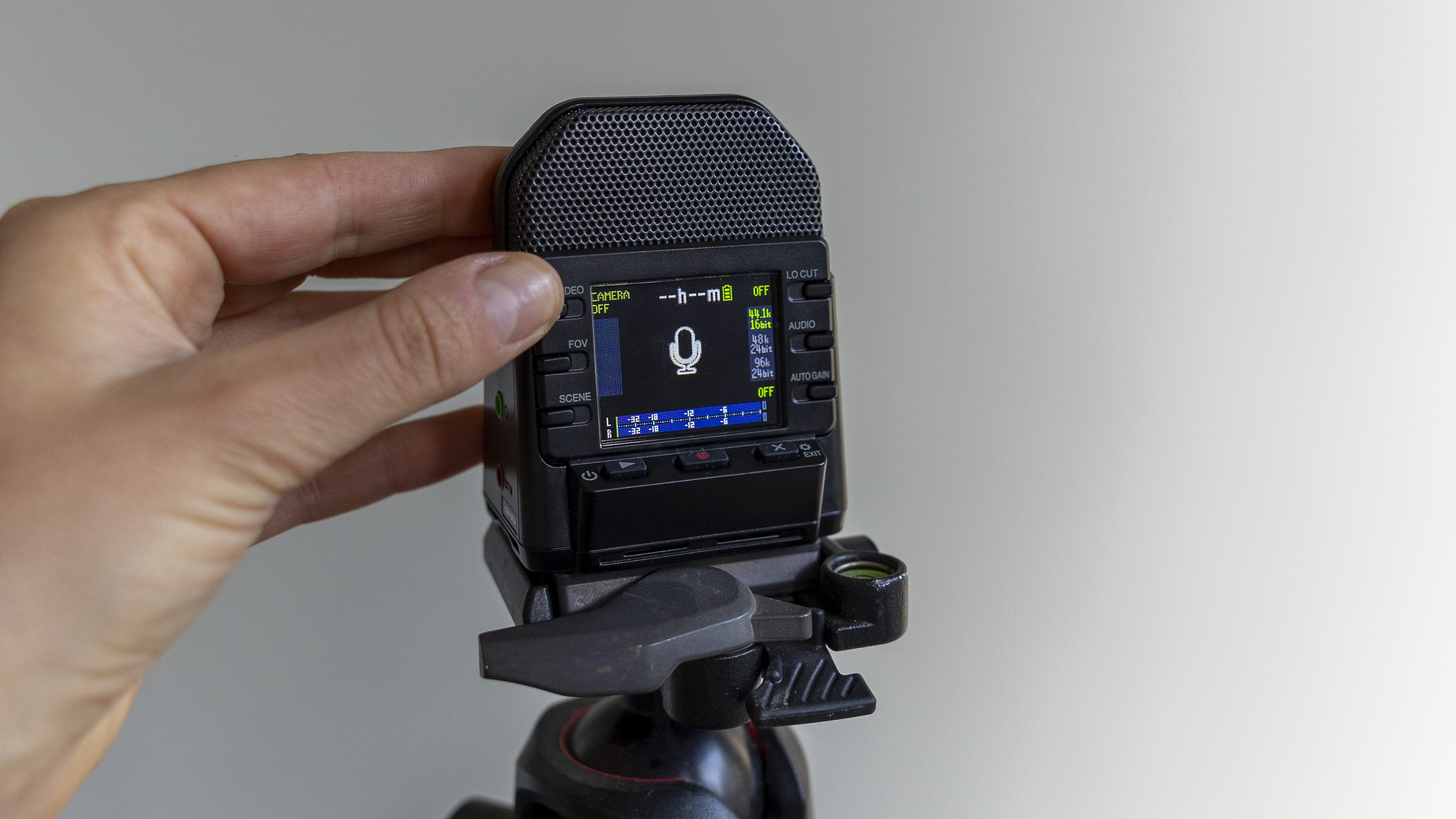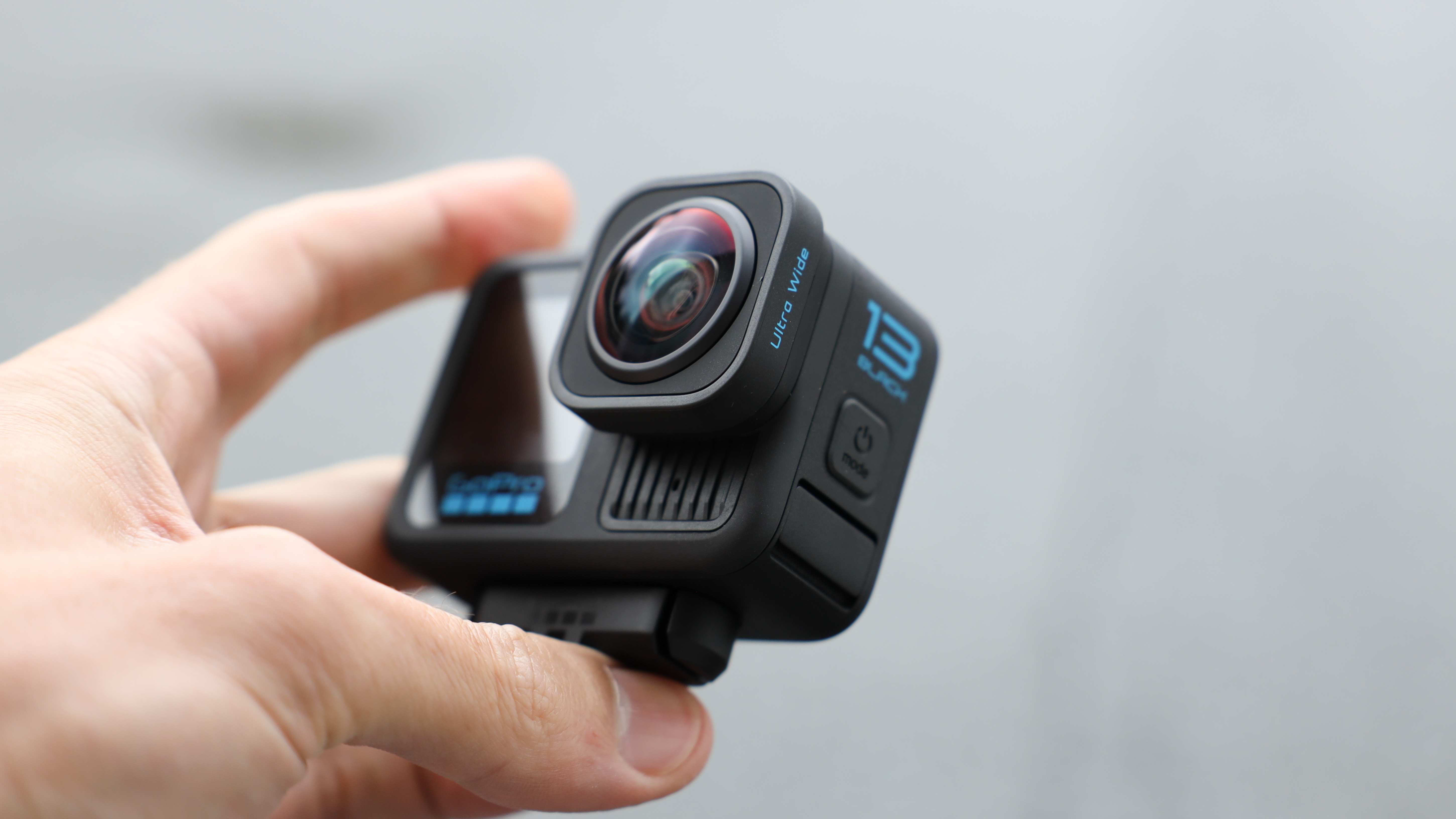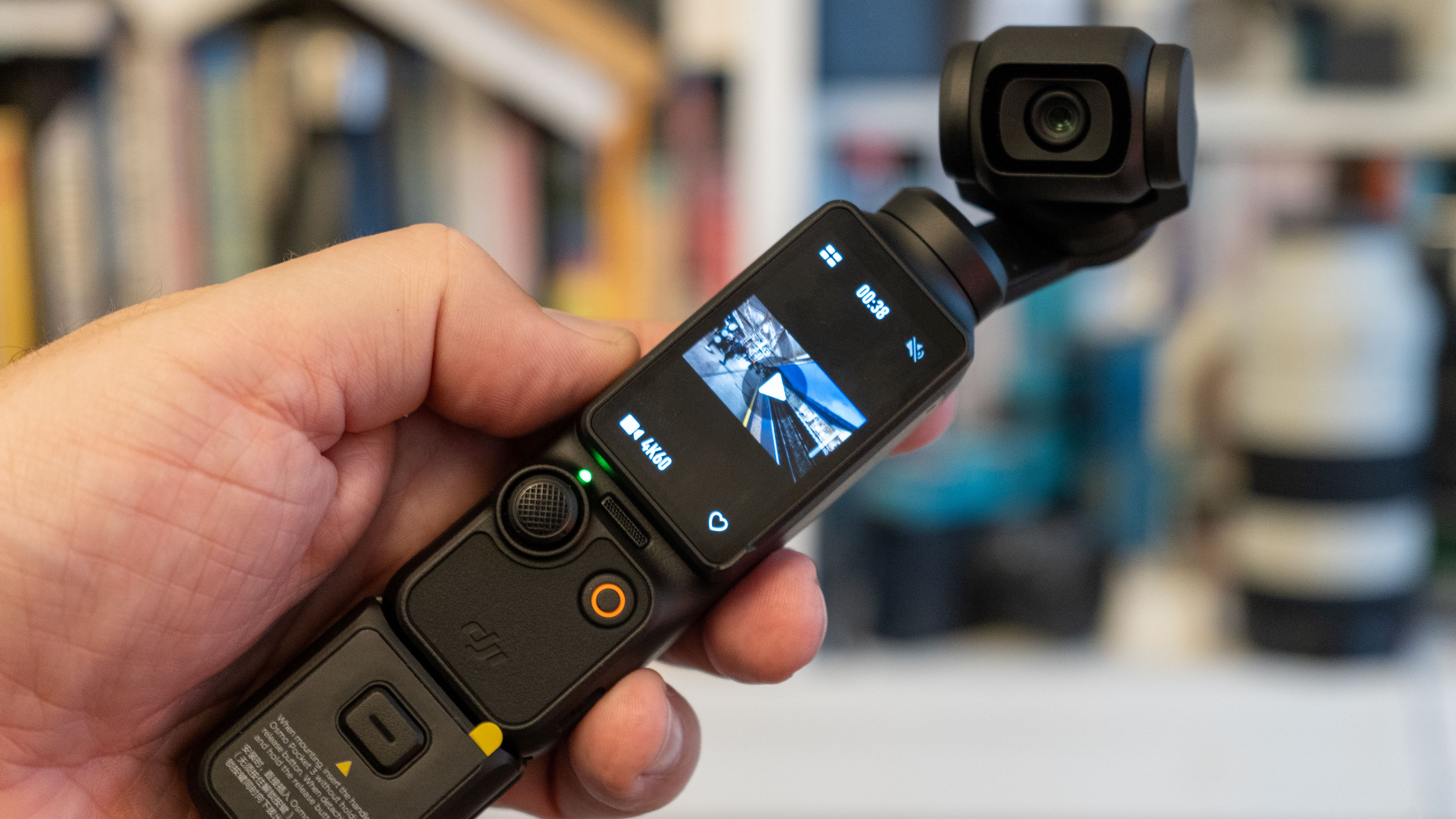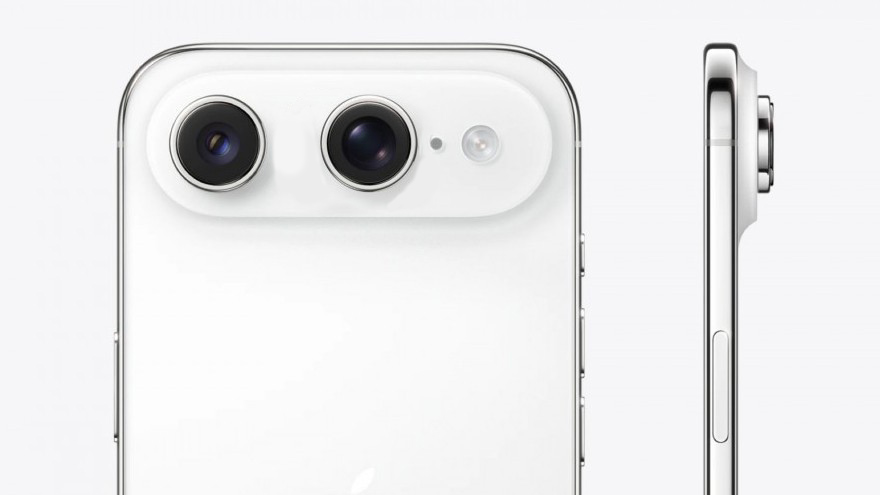Best camera for music videos in 2025
Want the best camera for music videos? Our experts pick the finest options for YouTube, TikTok and more
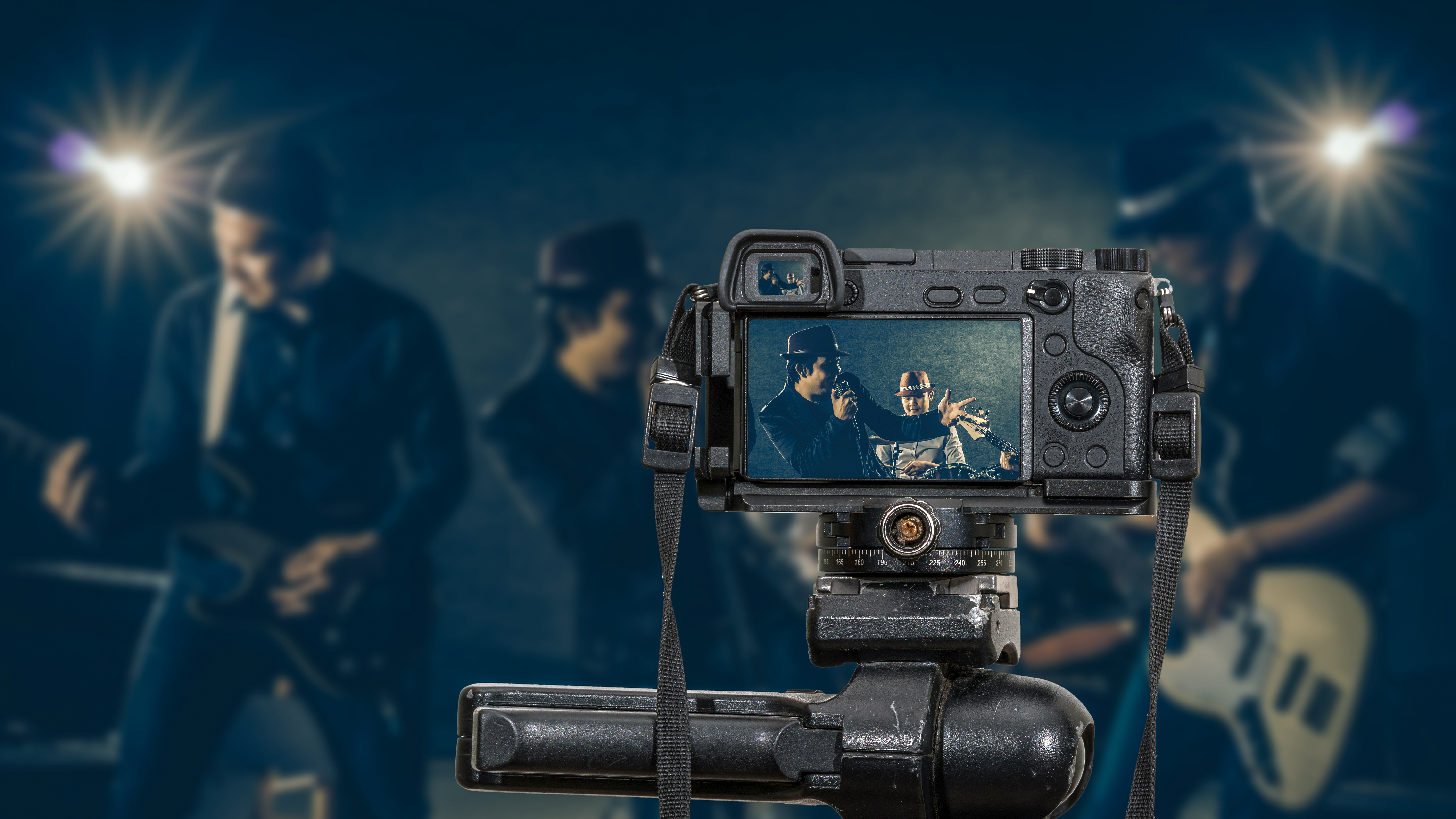
Welcome to my guide to the best cameras for music videos! More and more modern musicians are getting used to how useful video is a promotional tool, given that many of the platforms people use to discover music are video-based. As such, a capable camera to record music videos on is fast becoming a must-have for any budding musician.
In this guide, I’ve aimed to give you a broad spectrum of the best options. You might be looking to produce standard music videos in which performers mime to a track, or you might be looking to record live performance in high quality. There are cameras on this list that will do best, and I’ve drawn on both my own experience and that of DCW’s expert review team to make my picks.
My list includes mirrorless cameras, compacts, action cameras, gimbal cameras and even a specialised live-music camera, with options for different budgets. For more general options, you can also check out our guide to the best cameras for videography.

Jon is one of our go-to specialists when it comes to all aspects of photography, from cameras and action cameras to lenses and memory cards. Here, he has worked with our review team to put together this up-to-date list of the best cameras for music videos.
The quick list
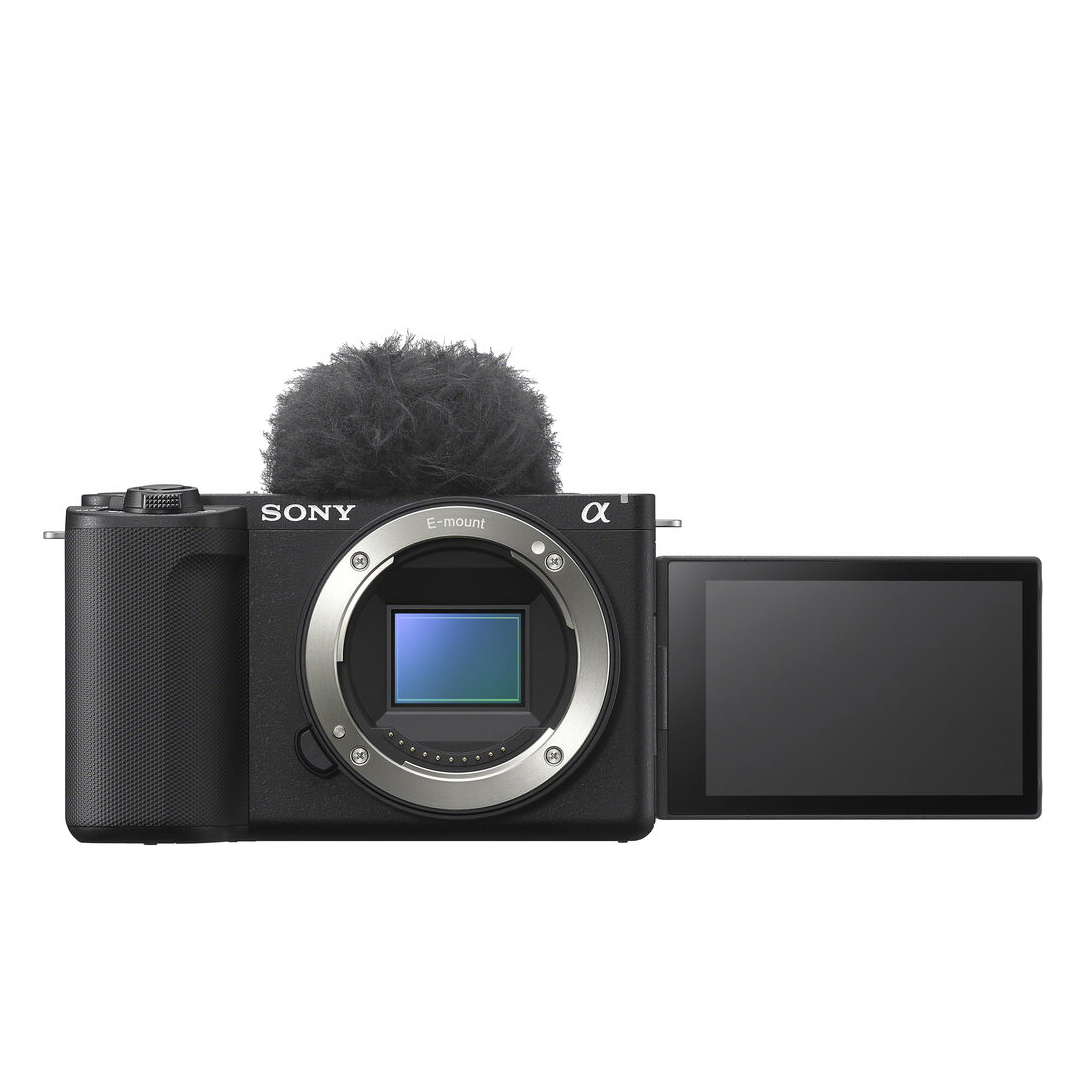
Best overall
With superb video-centric features, a lightweight build and a terrific lens selection, the Sony ZV-E10 II is the best choice for music videos for most people – a big improvement on the cheaper ZV-E10.

Best full-frame
An impressive full-frame camera with a suite of video-shooting options, the Lumix S5 II is a premium option for the more confident video maker.
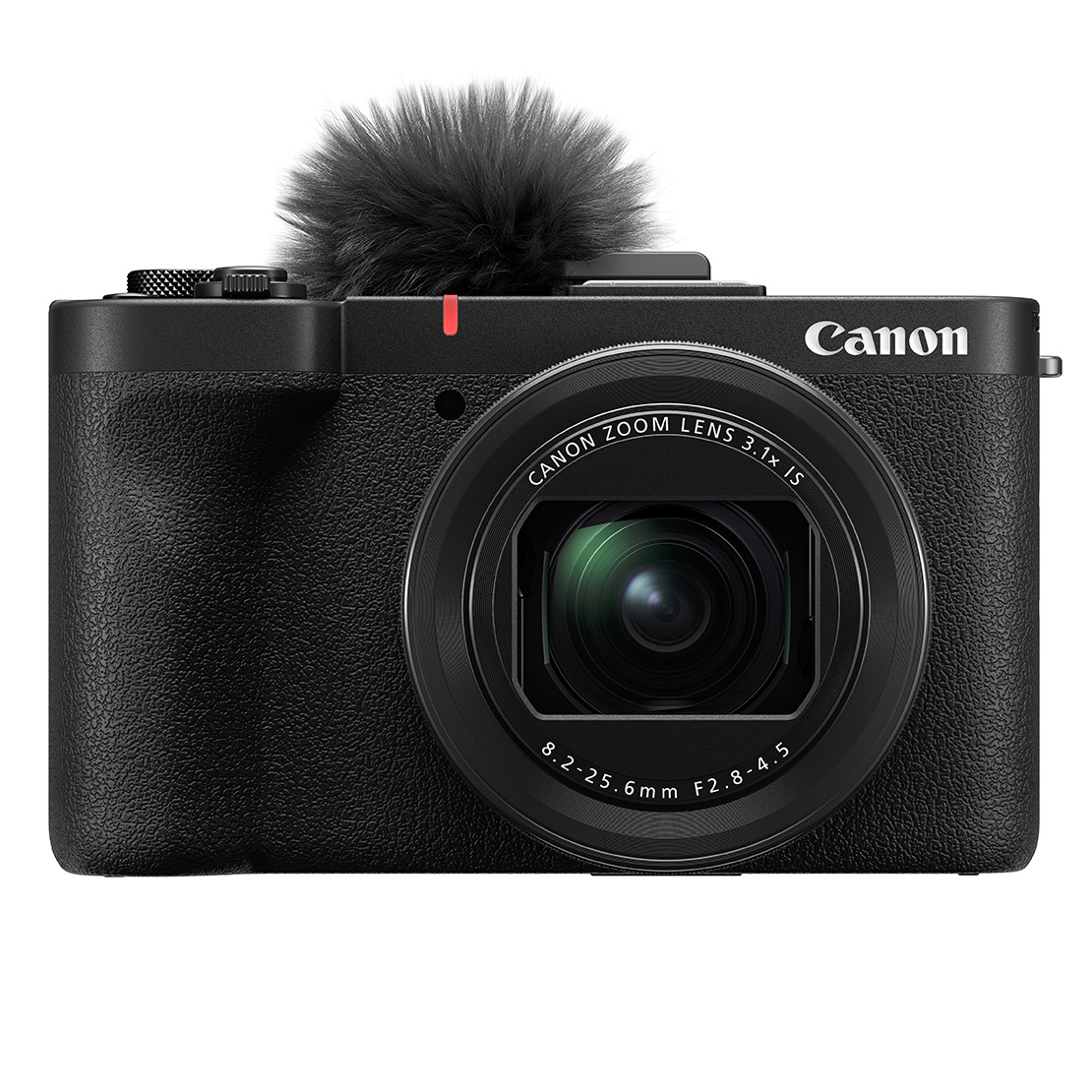
Best compact
Canon's capable all-in-one vlogging compact is a fantastically capable camera for music videos, with a 1.4-inch sensor that delivers excellent image quality in low light.
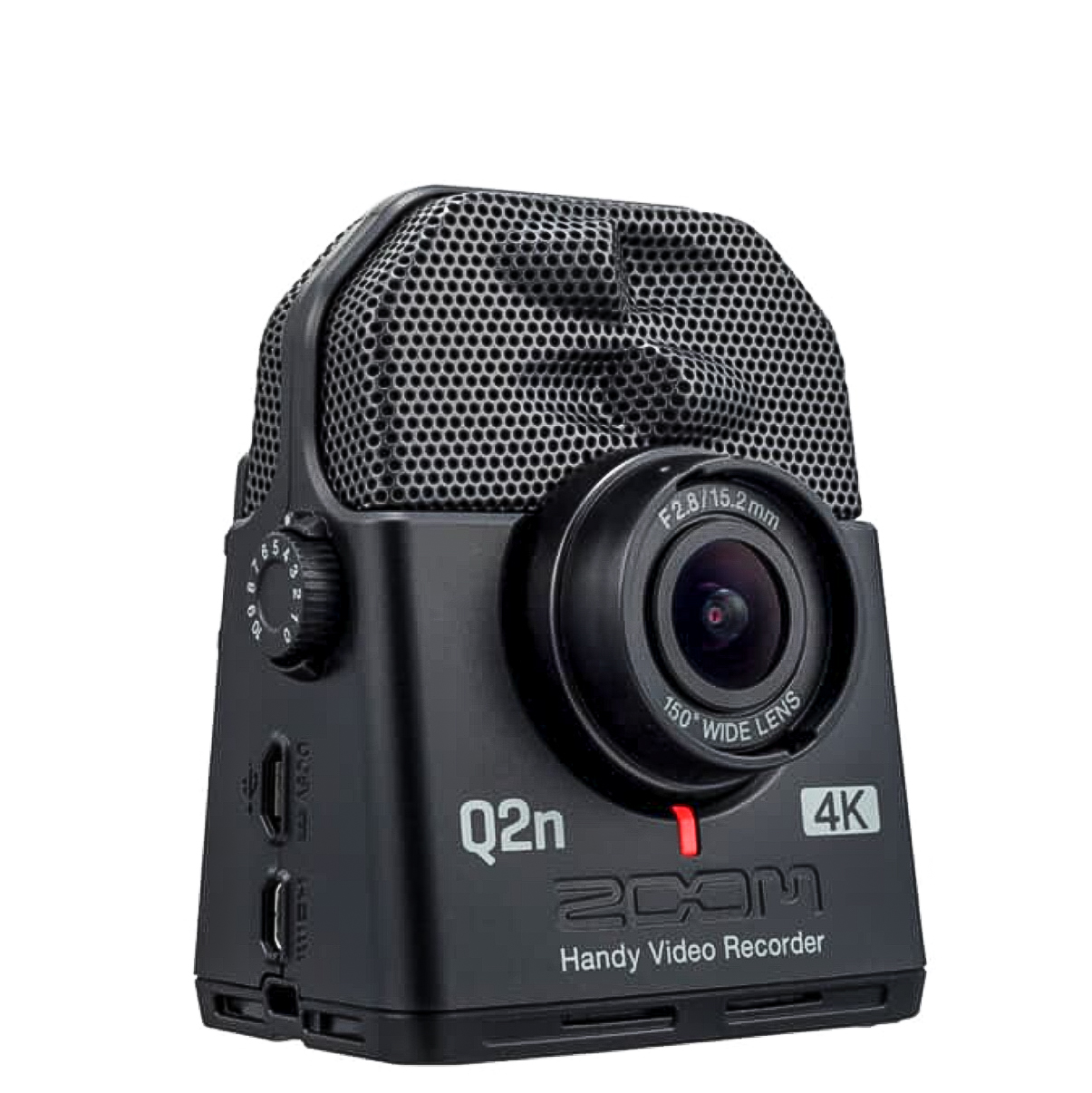
Best for live audio
If you want to capture live music in high-quality, with pristine audio, the Zoom Q2N-4K is a camera specifically optimised to do exactly that.
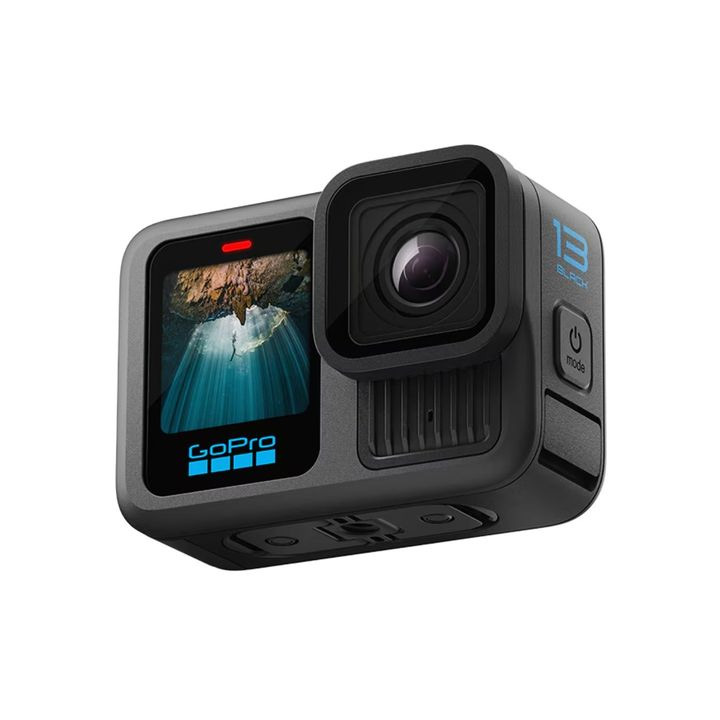
Best action camera
GoPro's flagship series of hardy action cameras gets better and better, and with a new series of modular lenses, the Hero 13 Black is the most versatile yet.
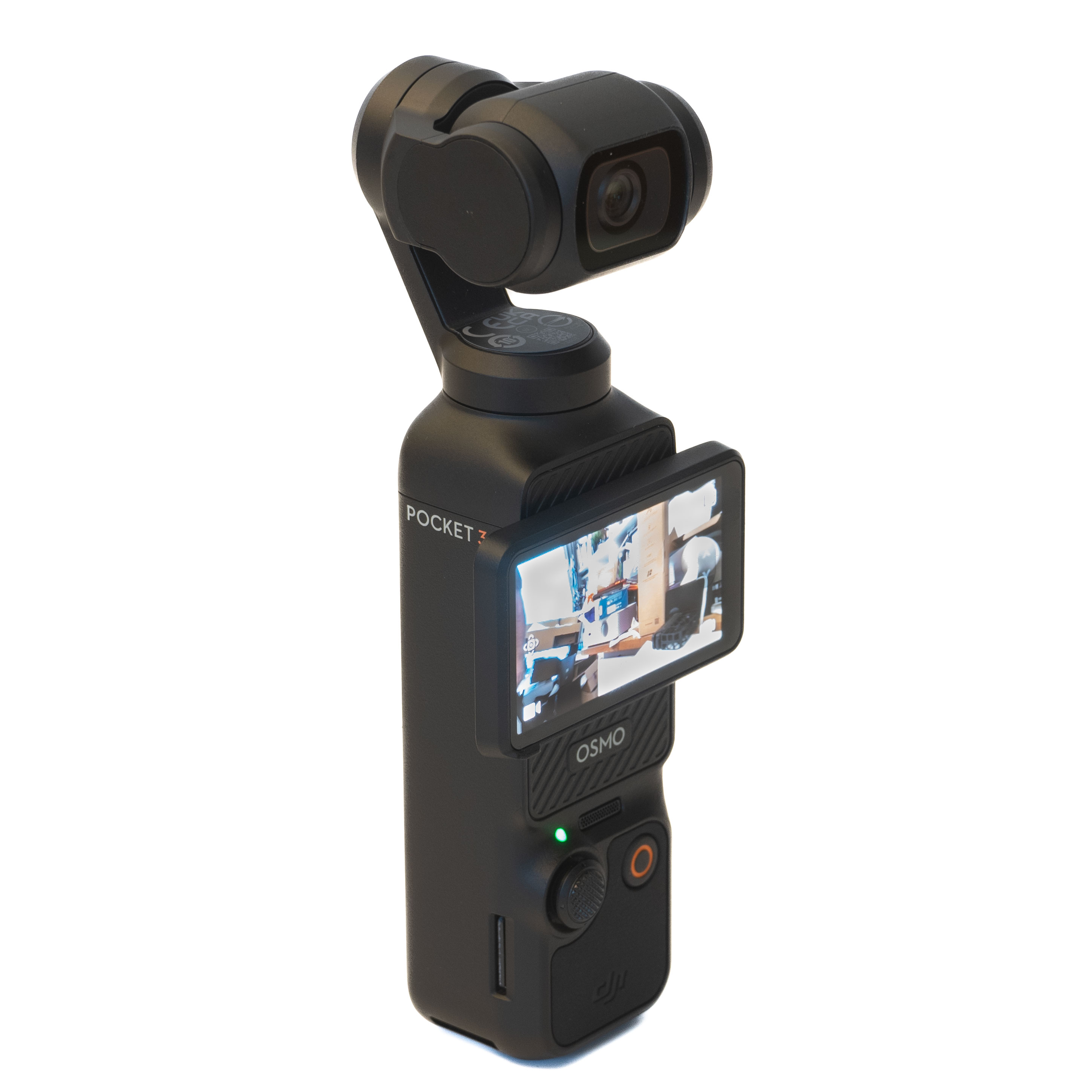
Best gimbal camera
With improved ActiveTrack and a much bigger screen, this is far and away DJI's best gimbal camera yet. For run 'n' gun shooting, it's in a league of its own.
The best camera for music videos
Why you can trust Digital Camera World
Best overall
Specifications
Reasons to buy
Reasons to avoid
I think Sony's ZV-E10 II is probably the most well-balanced vlogging camera you can buy right now, and it's got a brilliant feature-set that's perfect for music videos. Sony has done well here to keep his camera at a three-figure price while also fixing a few of the niggles and frustrations that came with the first ZV-E10 – and while a compact like the PowerShot V1 (my third pick) may be easier to use, the versatility afforded by a mirrorless camera like the ZV-E10 II makes it the superior choice in my book.
Let's get the obvious out of the way – this camera shoots fantastic video. It inherits the sensor-processor combo of the cinema-focused Sony FX30, producing glorious uncropped 4K 30p footage, and 4K 60p with a very minor 1.1x crop. You can also use the Cinematic Vlog mode to automatically take advantage of Sony's S-Cinetone grading to produce dynamic, great-looking footage straight out of camera. Of course, if you prefer, there's also the option to shoot in S-Log with 10-bit color and handle the grade yourself.
Autofocus has also been improved, however something that Gareth really welcomed in our review was the new battery; the ZV-E10 II uses Sony's NP-FZ100 battery, which delivers terrific longevity and greatly lessens the risk of losing power mid-shoot (though of course, always pack a spare).
I think in terms of a balance between performance, versatility, ease of use and price, the Sony ZV-E10 II is your best bet for shooting music videos right now. Its video quality is sound, it's relatively affordable, and having access to Sony's E-mount gives you loads of cheap lens options.
See our full Sony ZV-E10 II review
Best full-frame
Specifications
Reasons to buy
Reasons to avoid
I'll put a disclaimer here: you definitely don't need full-frame for music videos. However, if you have the budget, it does provide a significant uptick in quality, with better dynamic range and a superior ability to create a shallow depth of field. The full-frame Panasonic Lumix S5 II is some of the best value for money on the camera market right now, especially for the kind of run-and-gun filmmakers who are going to be shooting music videos.
In our review, Jon found that it delivers pristine full-frame image quality with some of the most effective image stabilization in the business, as well as superbly accurate phase-detection autofocus. Also, unlike some cameras which automatically crop to the 16:9 aspect ratio when shooting video, the Lumix S5 II uses the full 3:2 aspect ratio of its sensor to capture video at up to 6K 30p. This is sometimes referred to as ‘open gate’ video, and is great if you need to crop into a 9:16 ratio to create vertical clips for short-form video channels like TikTok or Instagram Reels – as many self-promoting musicians will find themselves needing to do.
If you have a little more pocket change, Panasonic also released a slightly souped up version in the form of the Lumix S5 IIX – see our piece on Panasonic Lumix S5 II vs S5 IIX for a rundown of the differences.
See our full Panasonic Lumix S5 II review
Best compact
Specifications
Reasons to buy
Reasons to avoid
I was really impressed by what Canon achieved with the PowerShot V1. Released in 2025, it's the newest camera on my list, and if you're our looking for an all-in-one compact to use for music videos, it's far and away the best one. Specifically optimised for video, it features a 1.4-inch sensor that's larger than the 1-inch sensor used on many comparable compacts (though not as big as the ZV-E10's APS-C sensor).
In our full review, James found the PowerShot V1 to be a brilliant performer at just about everything you'd need for music videos. Its autofocus is fast and accurate, benefiting from subject-detection to lock quickly onto subjects. The video itself looks excellent, with punchy colours and impressive dynamic range, and the built-in fan lets you keep shooting for longer. The built-in audio recording is also a cut above the average, and there's a 3.5mm mic jack if you want to improve it further.
Disadvantages? Well, while the 16-50mm lens covers the main focal length spectrum you're likely to use for video, you are still limited to this focal range. You won't be able to get super-creative with a fisheye, telephoto or other type of specialised lens, the way you can with a mirrorless camera like the ZV-E10. For that reason, it's not my top pick – but it's a brilliant performer nonetheless, and well worth considering for music videos.
See our full Canon PowerShot V1 review
Best for live audio
Specifications
Reasons to buy
Reasons to avoid
As I mentioned up top, recording a music video isn’t always about filming someone miming to a track. Sometimes you’ll want to record live music performance in all its glory, and a terrific choice for that is the Zoom Q2N-4K. With a comprehensive built-in stereo microphone setup, the Zoom Q2N-4K is capable of capturing crisp and accurate sound from all sorts of different instruments, from drums to saxophones.
Video-wise, it produces decent-looking 4K and comes with a variety of preset ‘scene’ modes such as ‘Jazz Club’ and ‘Concert Light’ to help you get the right look for the right situation. It’s not meant for run-and-gun shooting – with no stabilization or much of a handgrip to speak of, it’s a camera best-suited to being set up and left.
As Lauren found in our review, it's a pretty specialised camera, and it's difficult to imagine many situations outside of specifically recording live music in which it would be particularly useful. Also worth noting is that in our testing, it chewed through AA batteries like nobody's business – so it's worth packing a few spares for a long gig, and being prepared to quickly change over between songs if necessary.
See our full Zoom Q2N-4K review
Best action camera
Specifications
Reasons to buy
Reasons to avoid
An action camera can be a great way to shoot a music video. The diminutive form factor and effective stabilization makes it easy to get POV footage and run-and-gun shots, while the waterproof/shockproof build lets you take a few risks.
This may be a predictable answer, but I have to say that the best action camera to use for music videos is the GoPro HERO13 Black. With its 8:7-format sensor, it allows you to shoot footage that can easily be cropped to different aspect ratios, including mobile-friendly 9:16 – again, this is a real time-saver for producing promotional content that's going to have to go out on multiple platforms at once.
In our review, Gareth loved the sheer wealth of video recording options offered by the Hero 13 Black. This is not just in terms of pixels, codecs and frame-rates, but also the more radical transformations offered by the new attachable HB-series lenses. While these do, of course, cost extra, so does any lens, and they lend the Hero 13 Black a truly impressive versatility unmatched by any other action camera on the market. This is what cements it as my pick for music videos, as it means you're not locked into that familiar fishbowl action-camera perspective.
See our full GoPro HERO13 Black review
Best gimbal camera
Specifications
Reasons to buy
Reasons to avoid
For solo and run 'n' gun videographers, a stabilising gimbal is an essential accessory – however, buying both a camera and a gimbal is an expensive proposition. So, an effective way to thread the needle and save some cash is the DJI Osmo Pocket 3, a camera that's effectively both in one, built around a 3-axis stabilising gimbal that enables the capture of smoother-than-smooth footage even while moving.
Thanks to the intelligent ActiveTrack 6.0 system, it can also intelligently follow a subject while you're moving. This is excellent for music videos, where you'll likely often want to keep the frame centred on a single person. Adam road-tested it in our review and found it to be truly impressive – producing much smoother movements than the system in the Pocket 2 did, and also ably keeping up with his subject even when they tried deliberately to outfox it. If you're producing a video on location with a lot of movement, this could be truly invaluable.
The screen is doubled in width from previous Pocket cameras, which makes monitoring much easier, and the ability to record in 10-bit D-Log makes this camera much more than a gimmick, but a serious tool.
See our full DJI Osmo Pocket 3 review
How to choose the best camera for music videos
A good music video camera needs to capture great-looking video – that’s a given. But it also needs the ergonomics to be easy to use in creative ways, allowing you the freedom to shoot from unusual angles. A fully articulating screen can be helpful there.
Optical stabilization is also highly useful, as music videos often include a lot of dynamic camera movement. Also, while music videos will of course generally have a track laid over the top, it’s not uncommon for diegetic sound elements to be incorporated too, so a mic input is handy – and if you're also going to be filming live music, 'handy' can be upgraded to 'essential'.
These days, you’ll likely also need cut together a version of your video (or at least clips) into vertical orientation for mobile viewing on TikTok or Reels. A camera that can shoot using the full breadth of its sensor will make your life much easier when you’re cropping footage into this different aspect ratio, and others.
How we test cameras
When our reviewers test cameras, there are two key areas of assessment – our imaging lab, and real-world testing. We'll come onto our lab tests in a moment, but we believe it's hugely important for cameras to be tested in the scenarios that real users are likely to put them in. For video-focused cameras such as these, that means assessing the quality of the video the cameras produce in a range of real-world settings, indoor and outdoor. We look at the quality of the footage and audio captured, assess how the camera feels to use, and measure how easy it is to produce a finished, polished video from the raw footage the camera has created.
In the lab, we put mirrorless and DSLR cameras through a series of scientifically controlled tests designed to get the most accurate picture (no pun intended) possible of what they can do. We use two key assessment tools – Imatest Master and DxO Analyzer – to look at the following:
1. Resolution (ISO-12233): We use a resolution chart based on ISO-12233 from Applied Image inc to indicate the limit of the camera’s vertical resolution at the centre of the frame. The higher the value, the better the detail resolution.
2. Dynamic range (DxO Analyzer): This is a measure of a camera’s ability to capture detail in the highlights and shadows. We use DxO’s transmissive chart, which enables us to test a dynamic range of 13.3 stops.
3. Noise (DxO Analyzer): We use the dynamic range transmissive chart to analyze the signal-to-noise ratio for RAW and JPG files at every sensitivity setting using DxO Analyzer. A higher value means the signal is cleaner.
FAQs
What equipment do I need to shoot a music video?
This guide deals with the best cameras for music video shooting – however, there is some other kit you'll almost certainly need. You'll want to make a kit list before you start in order to ensure you have everything on the day, and while specific needs will vary from shoot to shoot, here are some things to think about:
- Lenses. If you've chosen an interchangeable-lens camera, then you'll need at least one lens, and if you're after lots of different types of shots then you may need more than one. If you're not sure where to start, a good catch-all lens for video is a 24-70mm.
- Lighting. Being able to control the shape, quality and intensity of the light is a hugely important part of making your videos look and feel professional. For music videos, you'll want something portable and quick to set up – check out our guide to the best LED panels.
- Gimbal / stabiliser. For introducing motion into your shots, a gimbal is a must. In-camera stabilisation is useful, but in most cases, it's not the same. See our rundown of the best gimbals.
- Batteries / memory cards. Oft-forgotten, but essential. You can't afford to have your shoot day cut short by a dead battery or a full card. Bring spares. Lots of spares. More than you think you'll need.
What editing software should I use for music videos?
Any of the popular video editing programs such as Adobe Premiere Pro or Apple's Final Cut Pro X are perfect for video editing. However, if you don't want to spend any money on software, DaVinci Resolve from Blackmagic is a brilliant editing program that's completely free to download.
Can you shoot a music video with a phone?
You definitely can. We would recommend using one of the cameras on this list, as they will give you much more shooting flexibility in terms of lenses, resolutions, video formats and quality, especially in low light. However, if you prefer the idea of shooting on a phone, there are absolutely some out there that will get the job done. Our guide to the best phones for video and vlogging is a good place to start.
Read more:
The best camera for filmmaking
The best lenses for concert photography
The best camera deals, reviews, product advice, and unmissable photography news, direct to your inbox!
Jon spent years at IPC Media writing features, news, reviews and other photography content for publications such as Amateur Photographer and What Digital Camera in both print and digital form. With his additional experience for outlets like Photomonitor, this makes Jon one of our go-to specialists when it comes to all aspects of photography, from cameras and action cameras to lenses and memory cards, flash diffusers and triggers, batteries and memory cards, selfie sticks and gimbals, and much more besides.
An NCTJ-qualified journalist, he has also contributed to Shortlist, The Skinny, ThreeWeeks Edinburgh, The Guardian, Trusted Reviews, CreativeBLOQ, and probably quite a few others I’ve forgotten.
